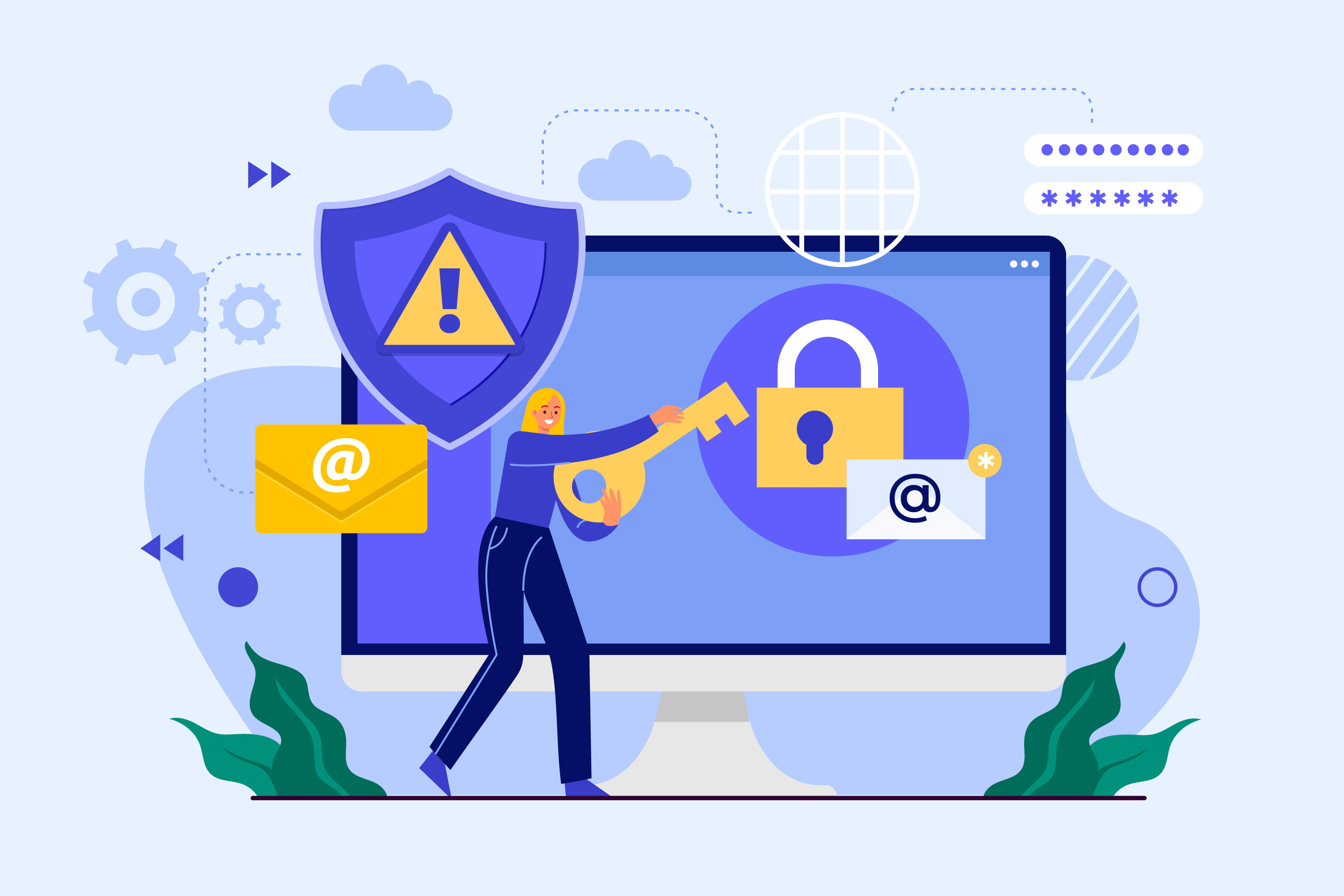Top Cybersecurity Threats for Small Businesses & Protection Tips
Small Business Top Cyber Threats What you need to know
The cyber landscape is constantly changing and presents unique and critical challenges for small businesses. With fewer extensive cybersecurity resources at their disposal as compared with larger corporations, small businesses face increased targeting by cybercriminals. This article lists the most prominent threats to small business cybersecurity along with practical guidelines on how to protect against such risks.
Phishing and Social Engineering Attacks
The most common one is phishing and social engineering. Cyber attackers fraudulently commit employees into providing confidential information or ways of accessing the company systems. These attacks are hard to detect especially with tactics like disguised email addresses and fake login pages. Train the employees on how to spot phishing activities Implement multi-factor authentication Update spam filters regularly Tools include email scanning software that can be useful in discovering and blocking phishing before it reaches the employees’ mail.
Ransomware Attacks
Ransomware attacks are not new, but they have evolved to be more targeted and damaging. Attackers encrypt sensitive data and demand ransom to restore access, often crippling a business’s operations until the ransom is paid. Small businesses are vulnerable because they are considered low-risk yet high-reward targets.
How to Mitigate: Make sure there is a regular backup of data and their storage in safe off-line and cloud-based locations. Install EDR solutions, which update the installed software and its related systems. “Least privilege” is another vital thing that ensures that employees access just what they require.
Insider Threats
Not all the threats to cybersecurity are from outsiders-there is also the insider threat, which is very severe. Disgruntled employees or careless data handling can also lead to some very severe security breaches-accidental revealing of sensitive information also falls in that category. Insider threat is hard to detect because the user already has access privileges.
How To Mitigate: Regular access audits, limit the access of sensitive data, and monitor for odd activity on company accounts. Screening and formal offboarding can help safeguard against malign activity from the departing employees.
IoT Vulnerabilities
Many business processes have changed with the advent of IoT, and simultaneously, new challenges in cyber security are arising. Security cameras and many such IoT devices are often left out of security assessments. Attackers exploit vulnerabilities in such devices to access networks or steal sensitive information.
How to Mitigate: Upgrade firmware on IoT devices regularly, change default passwords, and segregate IoT devices on separate networks, which will limit potential access points for an attacker. It is hence important that small businesses using IoT devices have full IoT security policies.
Supply Chain Attacks
Supply chain attacks have risen since small businesses rely more on third-party providers of software, services, and even IT solutions. An evil attacker will always find vulnerabilities in the supplier’s network, enter downstream clients, and possible sensitive business information on customers.
Mitigation: Third-party providers should be vetted; security protocols inspected and audited; and adherence to industry standard security practice enforced. Regular security audits and clauses in contracts related to cybersecurity also help in diminishing supply chain vulnerabilities.
Strong Password Policy
Despite frequent cautionary warnings, weak or recycled passwords are still the biggest cyber weakness faced today. Poor password security can leave certain sensitive information vulnerable to unauthorized access to business accounts.
How to Mitigate: Enforce a good password policy. Use strong passwords and change them regularly and avoid reuse of passwords on different accounts. Besides that, the implementation of password managers and MFA will give further layers to breach what the attackers are trying to breach.
Spyware and Exploit Kits
Malware has been rising continuously and attackers never stopped in creating new malicious software to evade detection. Under sophisticated defenses, some small businesses and others expose themselves to malware infection through attachments of e-mail, drive-by downloads, or a malicious website.
How to Mitigate: Use of reputable antivirus and anti-malware software across all devices: restriction on downloading software or applications; doing regular updates to ensure protection against known vulnerabilities; education/awareness/employee training about safe browsing practices to avoid malware exposure.
Insecure Remote Work Practices
Remote work is one of the mainstays of the modern business. However, this model comes with unique cybersecurity challenges that make personal devices, insecure networks, and inadequate IT support for the remote employees all the more risk-full for small businesses.
How to Mitigate: Create a work policy for remote work that strictly regulates the security of the device, mandates the use of VPN, and applies endpoint management solutions over remote devices. Of course, proper training in secure remote work practices mitigates offsite work risks.
Important Take-Aways
Small businesses are at the mercy of the fluid nature of cyber threats-for instance, phishing and ransomware to attacks on the supply chain and IoT vulnerabilities. Securing a small business requires an investment in employee training, the latest security software, and robust data protection policies.
Immediacy Hands-on Exchanges to Upgrade Your Cybersecurity
Conduct Cyber Security Audit Whether your systems or devices have any vulnerabilities or weaknesses. Back up data regularly to avoid losing data, in case of an attack through accessible backups. VPN to allow remote access. This would secure your network connection, especially while working remotely. Incident Response Protocols: Train to respond promptly in the event of an actual breach. Knowing the most critical threats and prevention measures, small businesses will be in a better position to fight cyber attacks.
